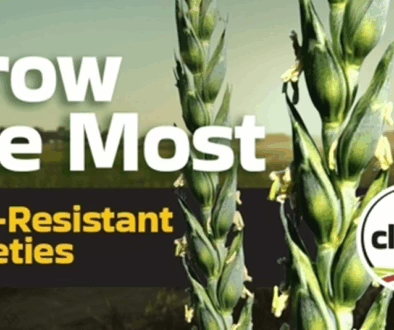Soil Testing in Dry Years: Why It Is Even More Important
By Mitchell Japp, SaskBarley
Know what’s in your soil—especially when the weather’s been less than generous.
I’m a fan of soil testing. While many farms I work with test a selection of fields each year, dry conditions are a strong case for going farm-wide. When fields receive fertilizer for an average or above-average yield, and moisture doesn’t cooperate, there’s a good chance some of those nutrients are still in the ground—unused and waiting for a future crop.
The only way to know for sure? Test.
Dry years complicate nutrient dynamics. Without enough moisture, crops can’t fully use what’s available. On the flip side, cereals like barley will take up most of the nitrogen for the growing season in the first few weeks of crop development. Moisture dynamics play a significant role in nutrient uptake, depending on soil conditions at seeding and early crop development, compared with later in the growing season.
In a drought, nutrients like nitrogen that typically leach away with water may still be sitting there. This is especially true if little rain fell after nutrient application. It’s not just about what went in—it’s about what didn’t come out.
Plus, dry soils slow down critical biological processes like mineralization and nitrification. That means less activity breaking down organic matter into plant-available nutrients. Dry soils may also result in conditions that increase volatilization. Trying to guess how much is still in the bank? That’s a gamble.
When should you soil test?
Fall is prime time for testing. Cooler soil temperatures (below 10°C) mean microbial activity has slowed, so your test reflects the nutrient levels you’ll have next spring—no surprises. The closer you can sample to freeze-up, the more accurate the snapshot. If you’re sampling earlier, ask whether your lab accounts for additional mineralization. Or you can check with your agronomist to adjust your numbers.
Testing doesn’t just tell you where you’re at—it tells you where to go. Whether you’re dealing with a dry finish, patchy rain, or wondering if that summer thunderstorm did any good, a soil test turns uncertainty into strategy. And that’s something every barley grower can use.




